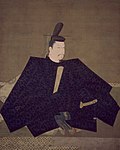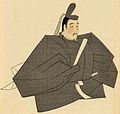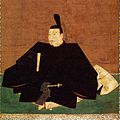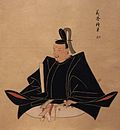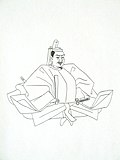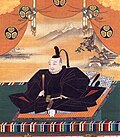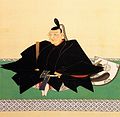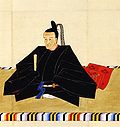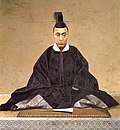Asuka / Heian periods (709–1184)
Note: there are different shogun titles. For example, Kose no Maro had the title of Mutsu Chintō Shōgun (陸奥鎮東将軍; lit. "Great General of Subduing Mutsu"). Ki no Kosami had the title of Seitō Taishōgun (征東大将軍; lit. "Commander-in-chief for the pacification of the East") [6] in 789 which is less important than Sei-i Taishōgun. Ōtomo no Otomaro was the first person who was granted the title of Seii Taishōgun (征夷大将軍; lit. "Great appeasing general of the barbarians"). Sakanoue no Tamuramaro was the second, and Minamoto no Yoritomo was third person who had the title of Sei-i Taishōgun.
| No. | Portrait | Name (birth–death) | Shogun from | Shogun until |
|---|---|---|---|---|
| 1 |  | Kose no Maro | 709 | |
| 2 |  | Tajihi no Agatamori | 720 | 721 |
| 3 |  | Ōtomo no Yakamochi (c. 718–785) | 784 | 785 |
| 4 |  | Ki no Kosami | 788 | 789 |
| 5 |  | Ōtomo no Otomaro (731–809) | 793 | 794 |
| 6 | 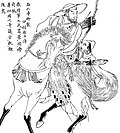 | Sakanoue no Tamuramaro (758–811) | 797 | 808 |
| 7 |  | Funya no Watamaro (765–823) | 811 | 816 |
| 8 |  | Fujiwara no Tadabumi (873–947) | 940 | |
| 9 |  | Minamoto no Yoshinaka (1154–1184) | 1184 | |
